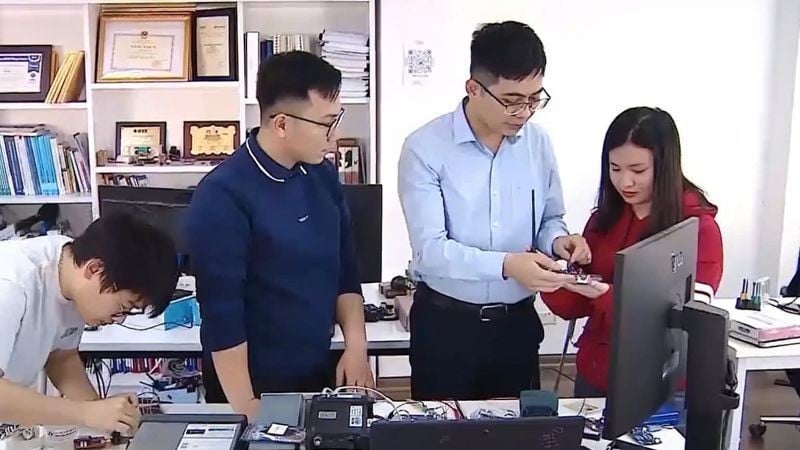
This is the result of research by the Intelligent Integrated Systems Research Group (SISLAB) - Center for Microchip Design and Application Research, Institute of Information Technology, Vietnam National University, Hanoi. The work opens up an effective approach to testing the security level of microchip designs right from the design stage, before production.
Breakthrough solution in hardware security assessment
The invention provides a systematic technical process that allows the security of crypto-hardware designs to be assessed, during the design phase, through the analysis of power consumption traces estimated by simulation, instead of waiting until the actual chip manufacturing.
Traditionally, hardware security testing is only performed after the design has been fabricated into an ASIC or FPGA chip, which is costly and time-consuming. With side-channel attacks becoming increasingly sophisticated, early detection of information leaks is becoming urgent.
The patented process includes steps from design specification, RTL architecture description, functional simulation, hardware synthesis, timing and parasitic analysis, to power consumption estimation and security analysis through statistical techniques such as T-test, differential approximation (DPA) and correlation analysis (CPA). The entire process is performed on the design model before sending it to manufacturing, resulting in significant cost savings and early detection of exploitable security vulnerabilities.
Practical applications in the design of high-security microcircuits
The invention is particularly useful in designing and evaluating hardware encryption blocks such as AES (advanced encryption standard), RSA (public key cryptography), ECC (curve-based cryptography)... serving applications requiring high security such as bank cards, electronic citizen identification, military systems, secure IoT and secure embedded devices.
For example, power-logging attacks can crack an AES key in minutes if the hardware design is not properly protected. This patented solution provides a powerful technical tool to verify and improve the resistance of secret key leaks in designs.
The granting of a Patent for this solution affirms the research and development capacity of Vietnamese scientists in the field of semiconductor design and information security - a high-tech field that is being prioritized for investment and development by the Government.
This is also a demonstration of the effective combination of current key research directions such as hardware cryptography, side-channel security analysis, digital circuit design (RTL/ASIC/FPGA) and pre-production security design testing.
Patented technical process
The process of hardware security assessment based on power consumption estimation traces is performed through the following steps: (i) developing cryptographic/security design specifications; (ii) hardware design in register-shift (RTL) form; (iii) simulating and verifying the design's functionality; (iv) synthesizing and implementing the design hardware; (v) extracting parasitic impedance and capacitance information, analyzing static timing to check the design's timing response; (vi) simulating the design with parasitic information and extracting signal waveforms; (vii) estimating power consumption and extracting corresponding traces; (viii) interpolating and extracting power consumption traces; (ix) security assessment based on collected traces; (x) integrating the design into the system, ready for IC fabrication.
Patent Title: Hardware Security Assessment Process Based on Power Consumption Estimation Traces
Field: Semiconductor design, hardware security
Issuing authority: Department of Intellectual Property – Ministry of Science and Technology
Application: Security testing of ASIC/FPGA based cryptographic chip designs before production
Research unit: Center for Microchip Design and Application Research (CICA), Institute of Information Technology, Vietnam National University, Hanoi
Inventors: Dr. Bui Duy Hieu, Professor, Dr. Tran Xuan Tu
Source: https://nhandan.vn/buoc-tien-quan-trong-trong-nghien-cuu-thiet-ke-vi-mach-tai-viet-nam-post894360.html


![[Photo] Opening of the 14th Conference of the 13th Party Central Committee](https://vphoto.vietnam.vn/thumb/1200x675/vietnam/resource/IMAGE/2025/11/05/1762310995216_a5-bnd-5742-5255-jpg.webp)





![[Video] Not Alone - Online Safety Day](https://vphoto.vietnam.vn/thumb/402x226/vietnam/resource/IMAGE/2025/11/05/1762347906381_sequence-0100-00-17-02still001-jpg.webp)






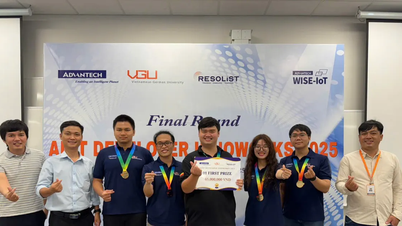










![[Video] 24-hour news on November 5, 2025: Opening of the 14th Conference of the 13th Party Central Committee](https://vphoto.vietnam.vn/thumb/402x226/vietnam/resource/IMAGE/2025/11/05/1762344603222_z7192488856022-6a7de383d5174811722646922ef02b23-jpg.webp)
![[Photo] Panorama of the Patriotic Emulation Congress of Nhan Dan Newspaper for the period 2025-2030](https://vphoto.vietnam.vn/thumb/1200x675/vietnam/resource/IMAGE/2025/11/04/1762252775462_ndo_br_dhthiduayeuncbaond-6125-jpg.webp)

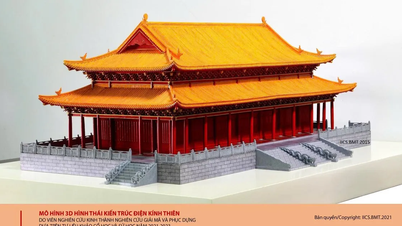



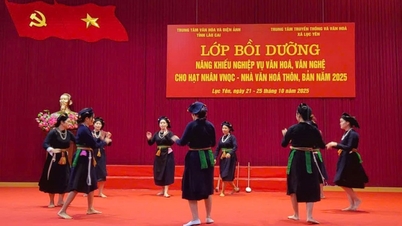








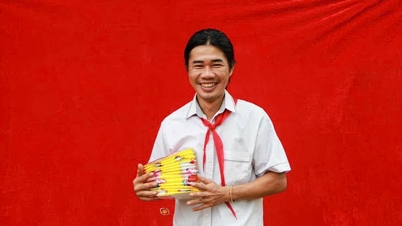


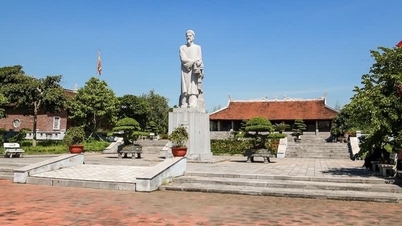


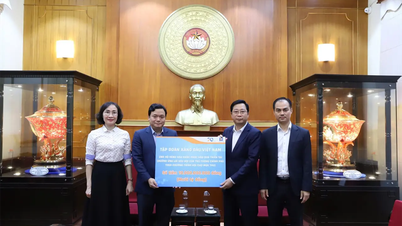



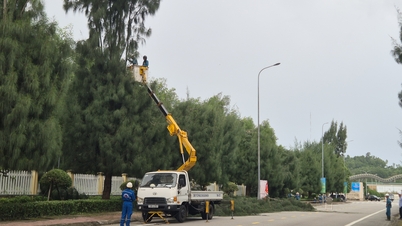


















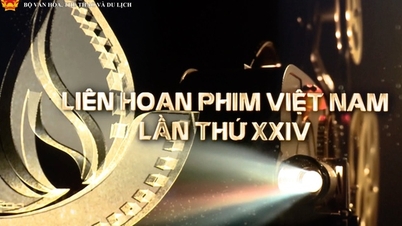






























Comment (0)